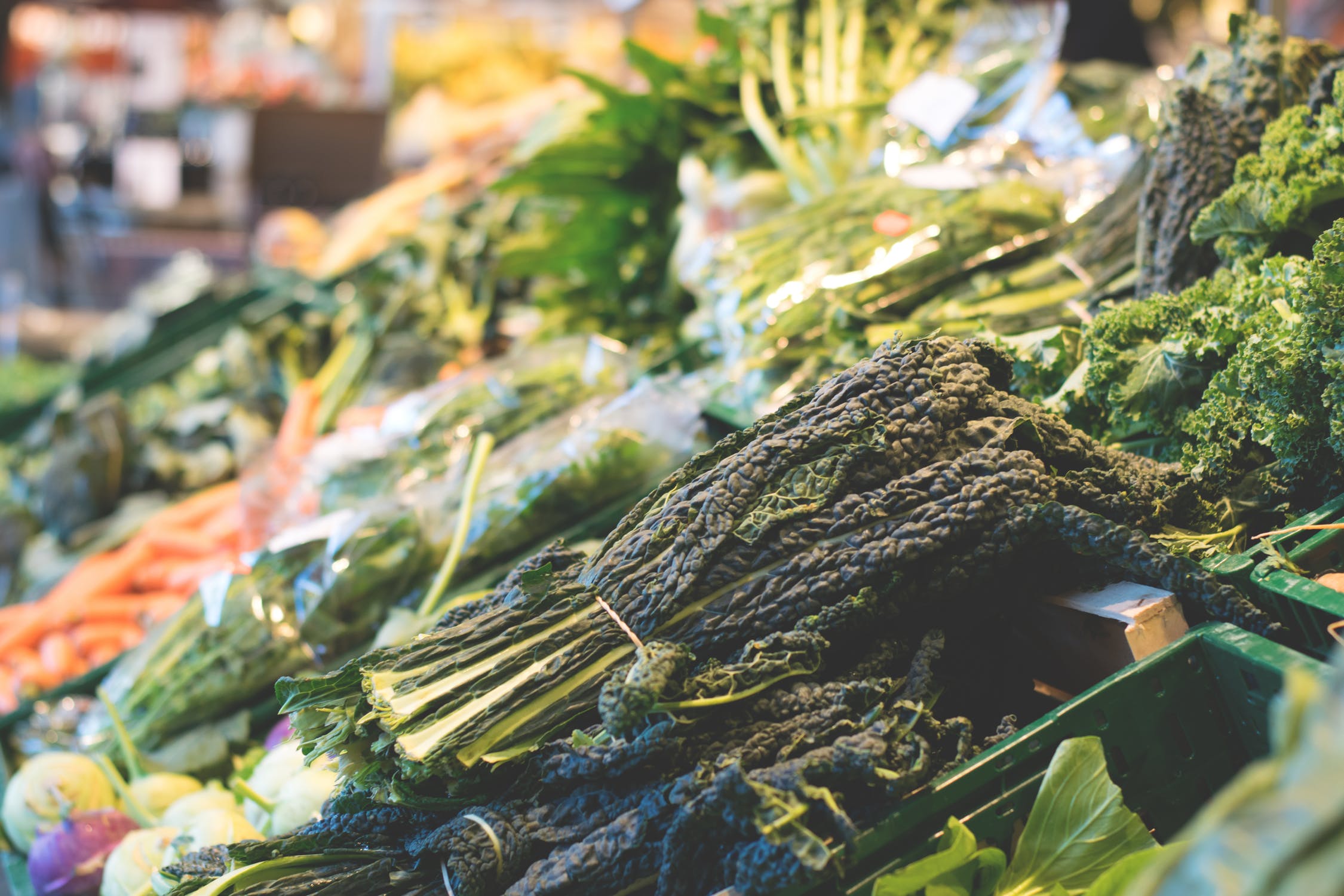Originally published at the Harvard Law School Center for Health Law & Policy, Food Law & Policy Blog.
As the response to coronavirus continues and states increase or extend stay-at-home orders or advisories, the local food system is in a precarious position. The CARES Act stimulus explicitly includes the local food system in a new $9.5 billion disaster relief program. But local food will have to compete with producers of specialty crops and livestock (including dairy), who have already lobbied Congress for $20 billion. According to an economic analysis commissioned by NSAC, the local food system stands to lose more than $1 billion over just the first few months of the pandemic. Immediate action can bolster the innovation and grit that local farmers, co-ops, food banks, farmers market boards, food councils and others are already bringing to the fight against hunger and to keep local farms’ lights on during this unprecedented crisis.
Building on the recently released FLPC issue brief on immediate measures to support local food systems, below are a list of additional measures Congress should take to ensure communities stay connected with these local food producers. As we’ve seen in recent weeks, social distancing protocols and enhanced precautions for vulnerable community members require expanded food delivery systems to get food into homes. Congress should particularly focus on providing additional funds and flexibility in the programs discussed below to meet the increasing need for delivery services during the crisis.
Local Agricultural Market Program (LAMP)
LAMP serves as an umbrella program for multiple grants like the Farmers Market and Local Food Promotion Programs (FMLFPP) and Value-Added Producer Grants (VAPG). Grants issued under LAMP provide one of the few sources of dedicated support for local and regional food systems in the farm bill. Eligible organizations—such as growers and co-ops, CSA networks, regional farmers market boards, and food policy councils—receive this support to promote or create direct-to-consumer markets or other innovative means of promoting local and regional food economies. As farmers markets and farm stands either shut down or see dwindling demand due to social distancing, and other farm-to-institution programs cease operations, farmers require additional support to ensure their products continue to reach consumers.
- Create special COVID-19 response grants within LAMP to support delivery services: Congress should authorize and appropriate additional funding for a new LAMP grant specifically designed to support farmers and farmers markets in developing online ordering and delivery services during the pandemic. This resource influx is needed to develop the online ordering technology for customers to view, order, and purchase fresh produce, and support the subsequent transportation of products directly to consumers’ homes. While the Farmers Market Promotion Program (FMPP, a sub-program of LAMP) already provides funding for entities that provide such services, that funding is limited to $13.5 million for FY 2020, and projects would not begin until September 30 (applications are due May 26). In the wake of COVID-19, the demand for supporting these services has grown exponentially and additional funding channeled through a new, emergency grant program is necessary. The grant eligibility requirements should be the same as those for FMPP, with the addition that producer collectives, associations, or networks formed for the temporary purpose of responding to the crisis should be eligible for the grants alongside established entities. Because FMPP is already targeted to support organizations (rather than individual farmers), this new funding would leverage support for groups of farmers to collaborate on developing technology and delivery systems, thus helping numerous farmers at once. For example, farmers market organizations that previously focused on in-person sales could use the new LAMP COVID-19 funds to develop mobile farmers markets to pick up from the farms and deliver directly to homes and apartments. Funds should be available on a rolling basis and as soon as practicable in order to support producers over the remaining spring and summer months.
- Relax restrictions on existing funds: USDA has extended grant application deadlines for FMPP to allow for adjustments. USDA should also relax matching funds requirements to account for resources being repurposed towards COVID-19 response.
The Emergency Food Assistance Program (TEFAP)
Food banks across America struggle to stay stocked, find volunteers to cook, and deliver meals to hungry Americans, as stay at home precautions advise. Dedicated funding within TEFAP can stem this tide, while helping local farmers to stay afloat.
- Increase funding for Farm to Food Bank: States are starting to retool their TEFAP plans to qualify for the newly released Farm to Food Bank (FTFB) program, an FLPC-supported provision in the 2018 farm bill that covers harvest and transportation expenses for unsold produce to be donated. However, due to statutorily-based funding levels at $4 million annually, some states stand to gain very little from rewriting their plans. For example, Vermont would receive just over $5,000 – not likely worth state agencies’ time during a crisis. To ensure that farm to food bank programs can serve farmers and the emergency feeding system, Congress should increase funding for FTFB and allow FNS to simplify FTFB applications.
- Increase TEFAP funds for delivery of local foods: As restrictions on movement increase, food banks desperately need more capacity for direct delivery. Local food system actors like farmers markets, food councils, food co-ops, and food recovery agencies can support this capacity, but may not be eligible for state administrative TEFAP funds under 7 C.F.R. § 251.8(e). Congress should create flexibility to allow local food actors to receive TEFAP funds for their efforts to support food banks’ delivery capacity and provide additional administrative funding.
- Dedicate funds for purchasing local foods through USDA purchasing authority: While the disaster relief program in the CARES Act is a step in the right direction, the local food system needs dedicated funding to target purchases of local foods for the emergency food system. USDA should direct a minimum amount for purchasing local foods from the $400 million appropriated to TEFAP in the Families First Coronavirus Response Act (H.R. 6201) and commit a minimum amount for local food from the $9.5 billion in the CARES Act.
Gus Schumacher Nutrition Incentives Program (GusNIP)
GusNIP provides incentives for SNAP beneficiaries to increase purchases of fresh fruit and vegetables from local producers. Preserving these options is vital to maintaining producers’ sales and SNAP recipient nutrition.
- Expand funds to help GusNIP participants scale up delivery services: At minimum, as with LAMP grants, matching funds should be waived for 2020. As delivery costs increase, Congress should prioritize and provide additional funding for GusNIP grants for producers looking to expand delivery capacity or online ordering—either by adding funds to the current RFA or a specialized supplemental grant. Within GusNIP, Produce Prescription grants supporting organizations providing fresh produce for individuals experiencing chronic food insecurity and diet-related diseases based on physician referral. Congress should increase grant funds to facilitate delivery for these especially vulnerable beneficiaries who are less likely to be able to leave home to acquire food.
WIC and Seniors Farmer Market Nutrition Programs (FMNP)
The WIC and Seniors FMNPs offer more examples of connecting nutrition programs with local food systems for mutual benefit. Protecting mothers, young children, and seniors by expanding delivery options is particularly important during this outbreak.
- Let WIC FMNP buy in bulk from local producers: The Seniors FMNP already allows states to buy food in bulk from local producers and distribute packages, rather than giving individual vouchers. Providing this option for state WIC programs is crucial to safeguard maternal and child health during an uncertain and risky time for these vulnerable populations.
- Expand funds to allow scaling up of delivery services for bulk-purchased food: While the bulk purchasing option for these programs is attractive, additional funding is needed in both programs to offset delivery costs and save regular funds to purchase food.
With Congress gearing up to consider another aid package, we hope to see targeted support for local food systems, including the recommendations outlined above, as a central piece of that legislation.


